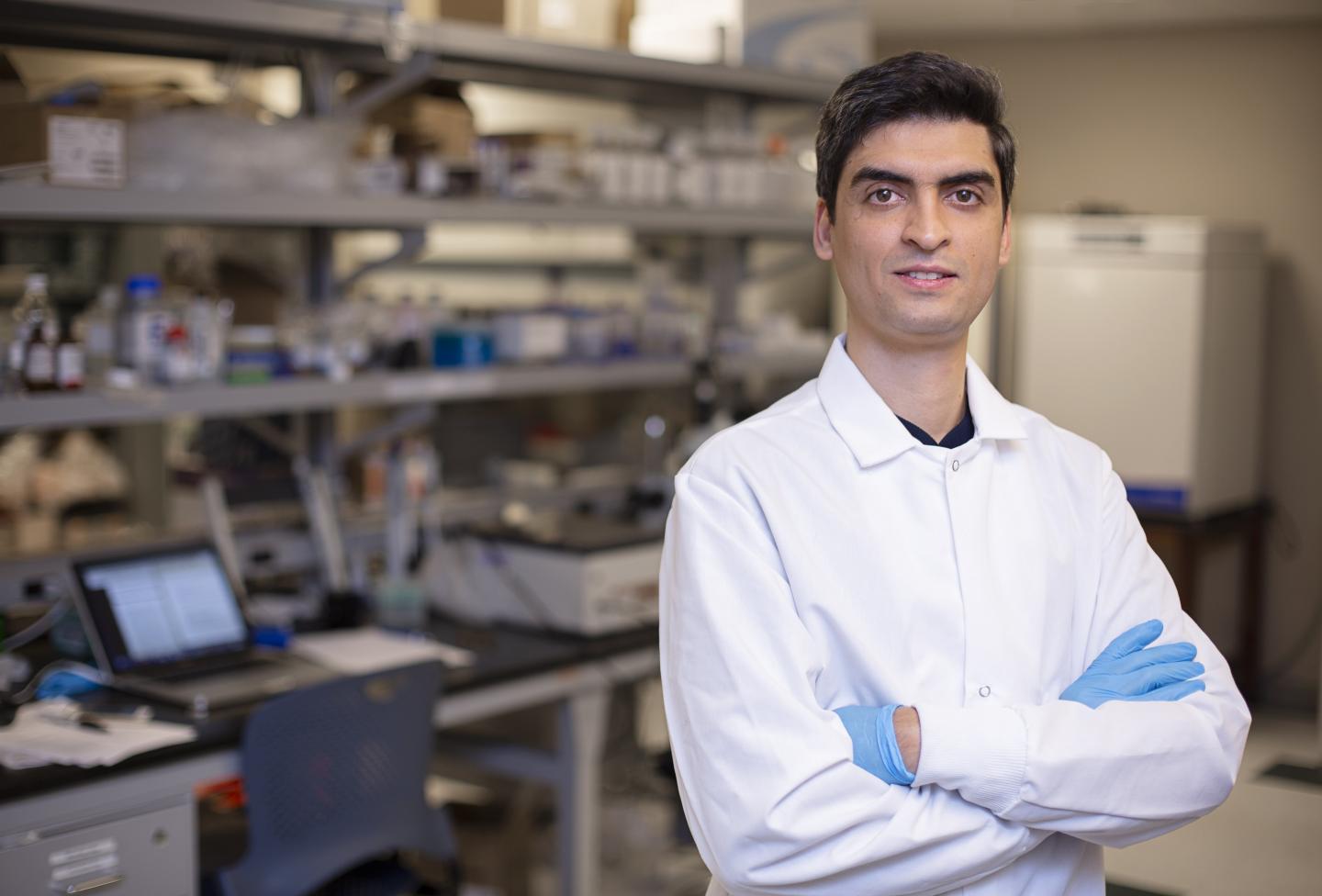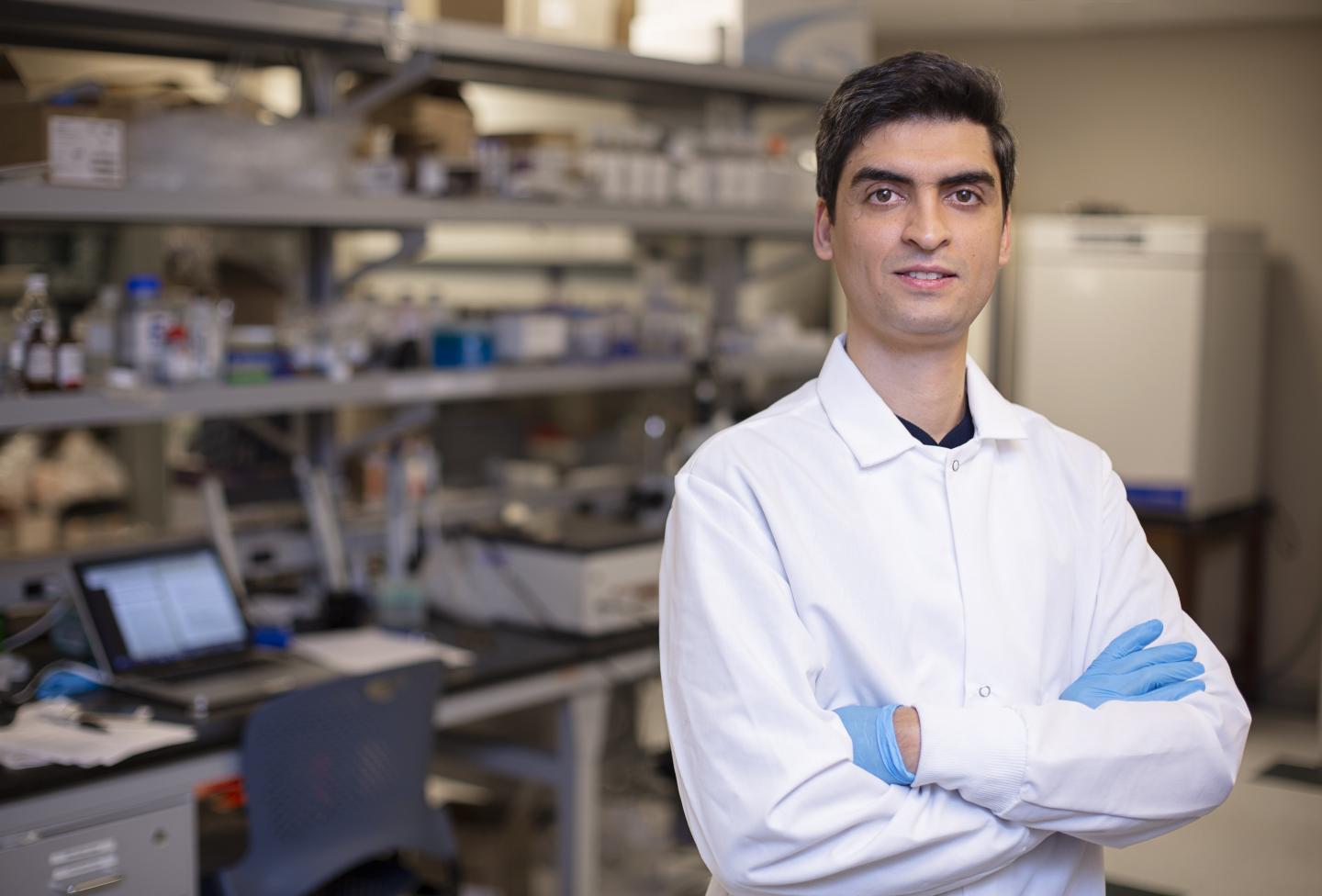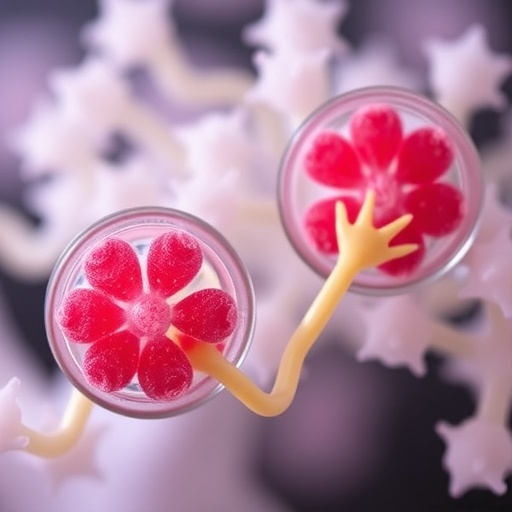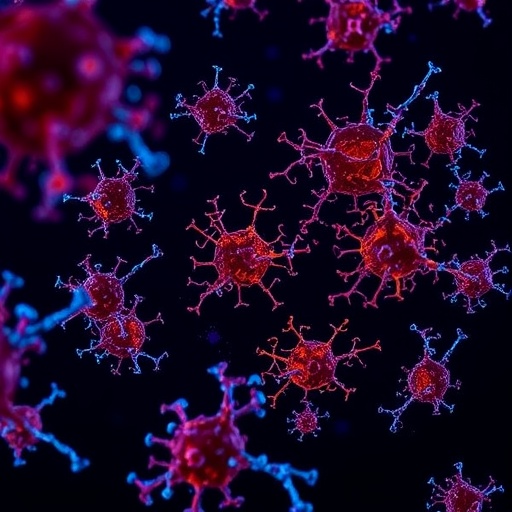
Credit: Utah State University
LOGAN, UTAH — Researchers at Utah State University have developed new devices to mechanically stress human cells in the lab.
In a study published in Lab on a Chip, researchers Elizabeth Vargis, a USU assistant professor of biological engineering and Farhad Farjood, a Ph.D. student in Vargis' Lab, wanted to better understand the triggers of age-related macular degeneration (AMD), a degenerative eye disease and the leading cause of adult blindness in developed countries. Physical changes within the retina are an important factor in the development of AMD. However, the effect of physical changes during the disease is not clearly understood.
"Physical changes that occur prior to or during disease are difficult to model outside of the body," said Vargis. "We know that these changes are important, so we decided to build devices to better replicate them."
Currently there are no devices to realistically model varying levels of physical disruption available on the market. Therefore the researchers created two new devices: one that mimics slow and continuous stress levels and one for mimicking high levels of stress.
"We used these devices to replicate stress on retinal cells and found that mechanical stress results in the expression of vascular endothelial growth factor, a protein that can cause disease initiation and progression," said Farjood.
The purpose of the study was to mimic changes in cells and find the mechanisms for the initiation and progression of diseases. The study looks at the effects of mechanical stress on elevated protein levels and abnormal development of new blood vessels.
Besides AMD, mechanical stress can occur in other diseases including diabetic retinopathy and even cancer.
"There are many clinical studies taking place to discover the causes of disease," said Farjood. "Our work is an example of how engineering techniques can help us better understand the disease mechanisms."
###
Media Contact
Dr. Elizabeth Vargis
[email protected]
435-797-0618
http://www.usu.edu
Original Source
https://engineering.usu.edu/news/main-feed/2018/vargis-retinal-cell-mechanical-stress-study http://dx.doi.org/10.1039/C8LC00659H





